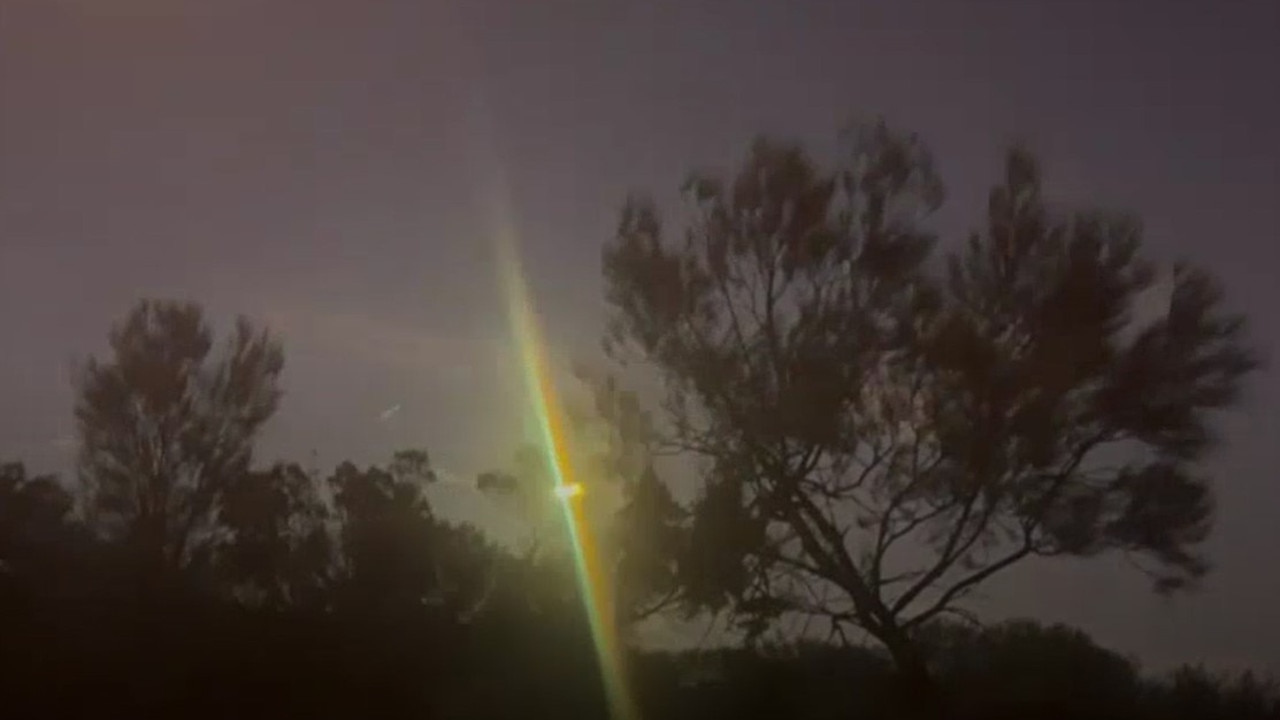New claim of ‘alien’ life leaves space world in a bind
An astonishing new claim that we have finally discovered “alien life” has left the space world reeling.

Space
Don't miss out on the headlines from Space. Followed categories will be added to My News.
Life. But how would we know it?
The world of astronomy is abuzz with excitement. Have we discovered the first-ever evidence of off-world life?
Is the signal extracted from the interstellar noise a telltale of active biology?
“Astronomers have detected the most promising signs yet of a possible biosignature outside the solar system, although they remain cautious,” states a Cambridge University press release.
What has them excited is the planet K2-18b.
We only know it exists by the shadow it casts when it passes between its star and the Earth. But that shadow, like a stained-glass window, can tell a story.
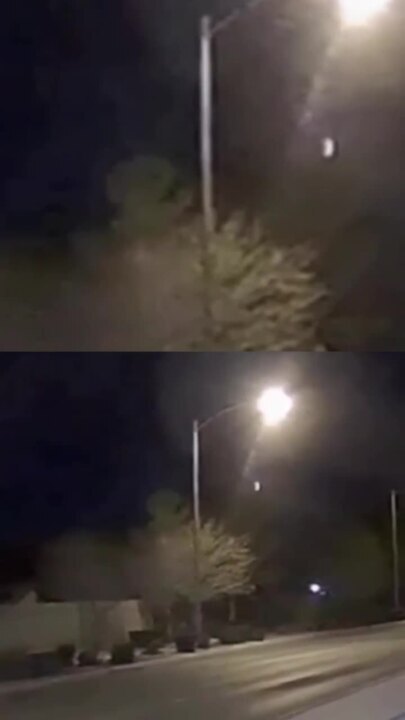
Across the gulf of space, the James Webb Space Telescope has managed to capture its light spectrum and atmospheric gases like methane, carbon dioxide, oxygen, and dimethyl sulphide also cast shadows when light strikes them.
The challenge for astronomy is to catch enough of this distant light to dissect reliably and to interpret that data accurately.
The Cambridge University astronomers have attempted to do just that. Scientists the world over have since been sciencing their results.
How was the data collected? What data was collected? How was it analysed? Does it support the conclusion?
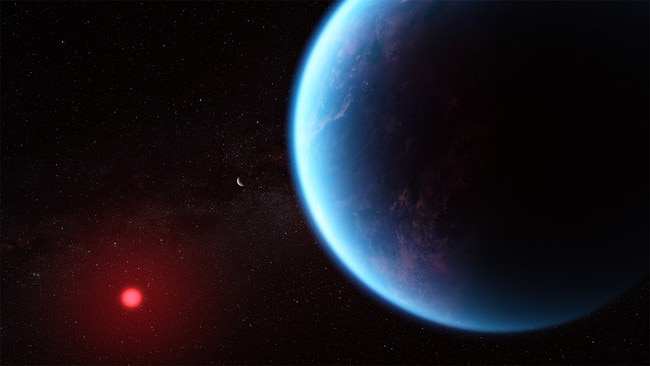
“While this discovery is intriguing, most astronomers – including the paper’s authors – aren’t ready to claim that it means extraterrestrial life exists,” says University of Arizona distinguished professor of astronomy Chris Impey.
There simply isn’t enough data. Yet.
“Searching for life beyond Earth is one of the great, profound pursuits of humankind. But any claim of life out there will require a thorough study by the scientific community as a whole before we have confidence in the results,” adds The Planetary Society’s chief scientist, Dr Bruce Betts.
In a post-truth world, that confidence is more important than ever.
“Just like the boy that cried wolf, no one wants a series of false claims to further diminish society’s trust in scientists,” Johns Hopkins University astrophysicist Kevin Stevenson argues.
“Context is important when it comes to science communication, particularly for a hot-button topic like the search for life beyond Earth, and we need to be responsible stewards in that respect.”
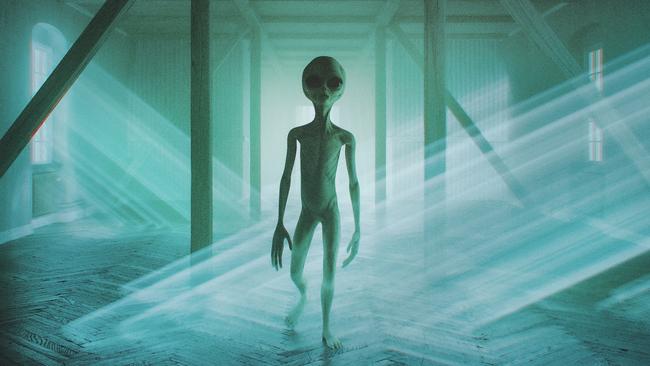
Brave new worlds
“It is in no one’s interest to claim prematurely that we have detected life,” Professor Nikku Madhusudhan, a University of Cambridge astronomer and lead author of the study, told media.
But he still called his study a “revolutionary moment”.
“It’s the first time humanity has seen potential biosignatures on a habitable planet,” the professor explained.
He added that the discovery was “as big as it gets” for scientists.
We don’t know much about K2-18b. But we’ve guessed a lot.
It was found in 2015 by the Kepler Space Telescope.
It has a radius about 2.4 times larger than that of Earth. Its year is just 32.9 days and it orbits within the habitable “Goldilocks” Zone (warm enough for liquid water) of a cool red dwarf star about 120 light-years away in the direction of the constellation of Leo.
University of Cambridge astronomers believe it may have a thin hydrogen atmosphere over an oceanic surface. Thus the term “Hycean” (hydrogen-ocean) world.
But the opposite could also fit the limited known facts: K2-18b could have a thick atmosphere over a magma sea.
One way to find out is to determine what that atmosphere is made o. That involves extracting a reliable spectrum from a shadow flickering within a pinprick of starlight.
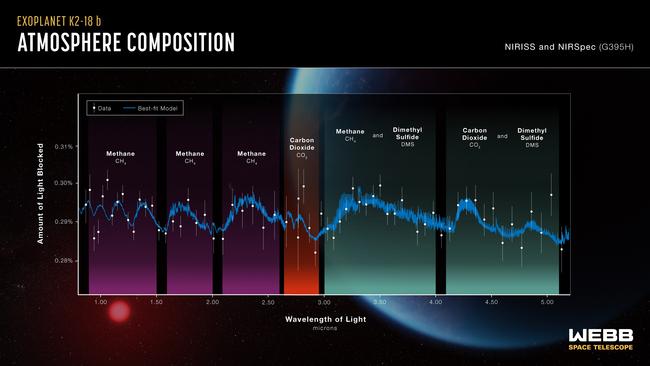
The cause of all the excitement is what the Cambridge University researchers believe is the presence of dimethyl sulphide.
This molecule is only found on Earth as the by-product of plankton and bacterial life in our oceans. And that makes it a contender for the position of “biomarker” – a chemical “smoking gun” to the presence of life on other worlds.
But has dimethyl sulphide really been found on K2-18b?
“Every detector has some noise from the random motion of electrons,” Professor Impey explained.
“The signal should be strong enough to have a low probability of arising by chance from this noise.”
The planet was first photographed by the Hubble Space Telescope in 2016. Astrobiologists thought they saw indications of water vapour.
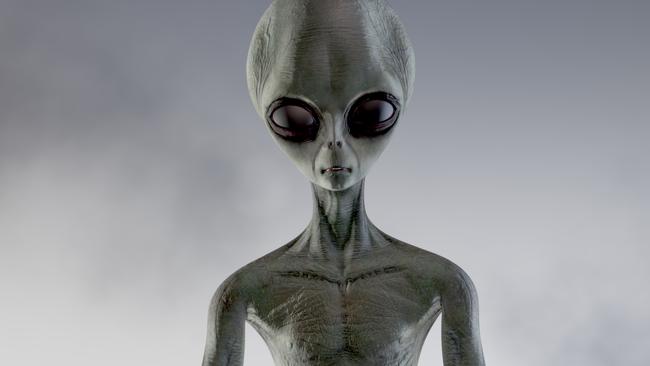
Upon revision, this later turned out to be methane. The first look with the more powerful JWST was made by Professor Madhusudhan’s team about two years ago.
Analysing a different set of wavelengths than the most recent study, this initially seemed to show the presence of methane and carbon dioxide – and a hint of dimethyl sulphide.
But the raw data they drew their conclusions from has since been re-examined by different scientists using different methods. They have not confirmed the presence of CO2 or dimethyl sulphide.
The data from the most recent survey was released for general review on April 28. Does this raw data show what the Cambridge University researchers believe it does?
To be science, independent scientists must be able to draw the same conclusions using various methods, and the premise has to be proven correct.
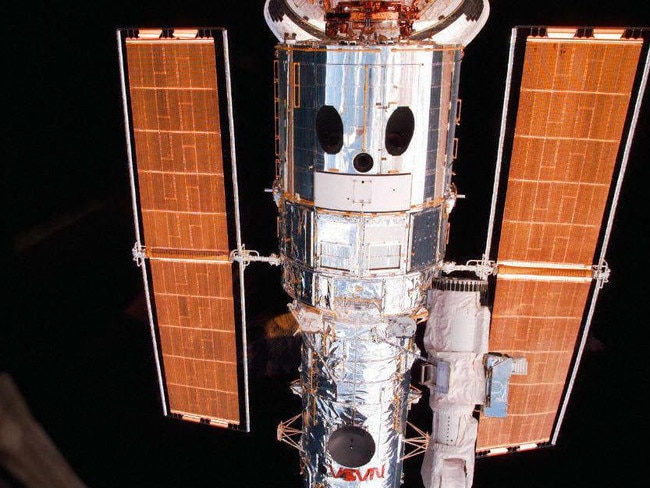
Otherworldly chemistry
“We didn’t know for sure whether the signal we saw last time was due to DMS (dimethyl sulphide), but just the hint of it was exciting enough for us to have another look with JWST using a different instrument,” Professor Madhusudhan explained.
It’s the second time the Cambridge University team has found the molecule.
“This is an independent line of evidence, using a different instrument than we did before and a different wavelength range of light, where there is no overlap with the previous observations. The signal came through strong and clear.”
But K2-18b isn’t Earth.
Evidence has begun to emerge that dimethyl sulphide can be produced by non-biological means.
Its signature spectrum has been spotted in the clouds of dust and gas that drift between stars. It may have been seen on an uninhabitable comet.
Laboratory studies hint that it could be broken out of other molecules under UV light.
Professor Madhusudhan concedes there could be previously unknown chemical processes at play.
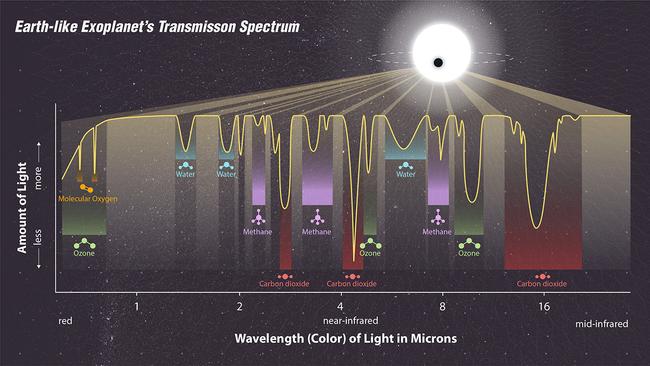
He and his team remain confident in the strength of their findings.
“Decades from now, we may look back at this point in time and recognise it was when the living universe came within reach,” Professor Madhusudhan said.
“This could be the tipping point, where suddenly the fundamental question of whether we’re alone in the universe is one we’re capable of answering.”
But, given the rarity of dimethyl sulphide, the Oxford University measurements have raised eyebrows.
Especially as they indicate K2-18 b’s atmosphere is awash with it in concentrations thousands of times greater than Earth’s.
“The claim is intriguing, as these gases can be associated with biological activity,” a statement released by the Search for Extraterrestrial Intelligence (SETI) reads.

“On the other hand, the signal is modest, ambiguous, and potentially explainable as the result of noise or systematic error.”
But, like all research, this study is just one step in a winding journey, filled with obstacles and dead-ends.
“This study is not a confirmation of life; not even a hypothesis that life is present on K2-18b, but a demonstration of where our methodological strengths and limitations lie, and what must come next to an unambiguous claim of life beyond Earth,” the SETI statement concludes.
In science’s famous last words: More research is needed.
“It’ll take time to figure all this out,” adds The Planetary Society.
Different teams will do their own investigations, collect more data, learn more about how DMS might be produced, and better understand how it might show up in a planet’s atmosphere.
Only then will we have a chance at the full story.
Jamie Seidel is a freelance writer | @jamieseidel.bsky.social
Originally published as New claim of ‘alien’ life leaves space world in a bind





